Ohio exports 51% of the soybeans grown here. Where do they go, and how do they get there? A recent webinar on infrastructure and agriculture helped participants understand more about transportation of commodities.
Mike Hogan is a corporate origination manager for Consolidated Grain and Barge (CSB). He helps buyers procure grain, soybean, and wheat crops. “Places like Ohio are surplus grain states, producing more than is needed within the state. The grain from Ohio goes for export outside the country or to the southeastern part of the United States to feed animals,” Hogan said. Most of the excess soybean crop goes to China, Europe, Mexico, Egypt, Japan and third world countries.
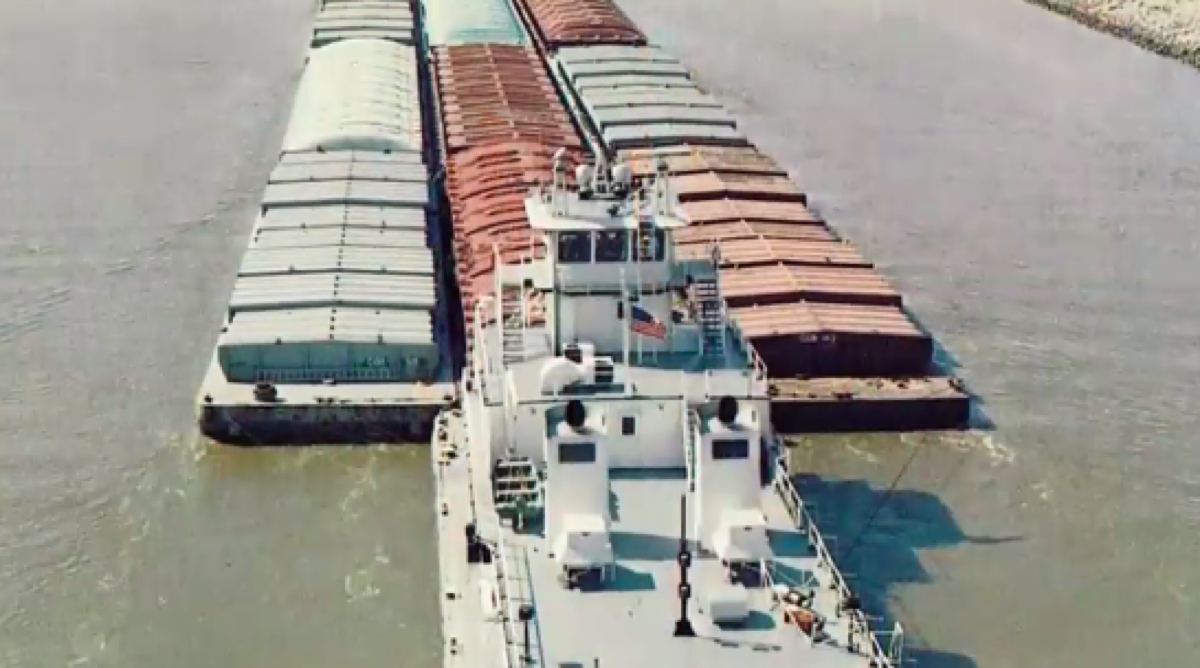
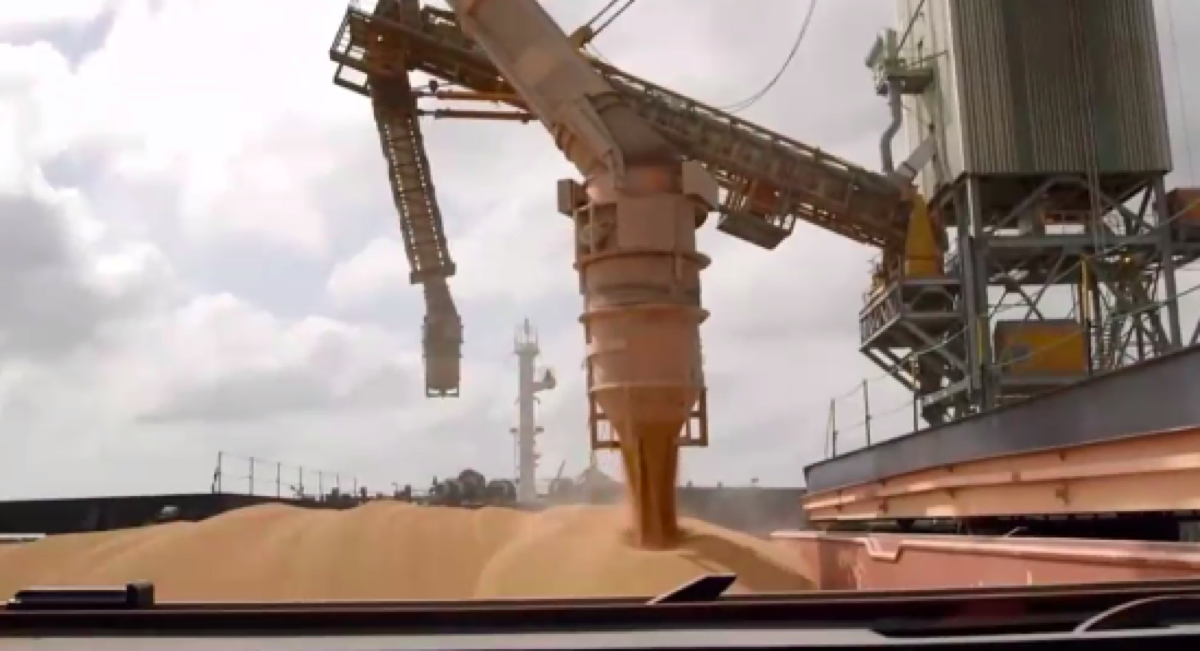
“Most grain companies are transportation companies in disguise,” Hogan said. CSB ships by truck, barge, or rail, with over 100 grain facilities in the Midwest. 38 of those elevators are located along rivers, as water is the most efficient transportation method. A four-barge tow is the equivalent of 1.4 trains or 538.4 trucks.
The United States has five main waterway systems, each with their own price for shipping—the farther from the Gulf, the higher price the shipper must pay. Hogan said locks and dams are critical in transporting along waterways for not only grain, but coal and metals also travel these routes.
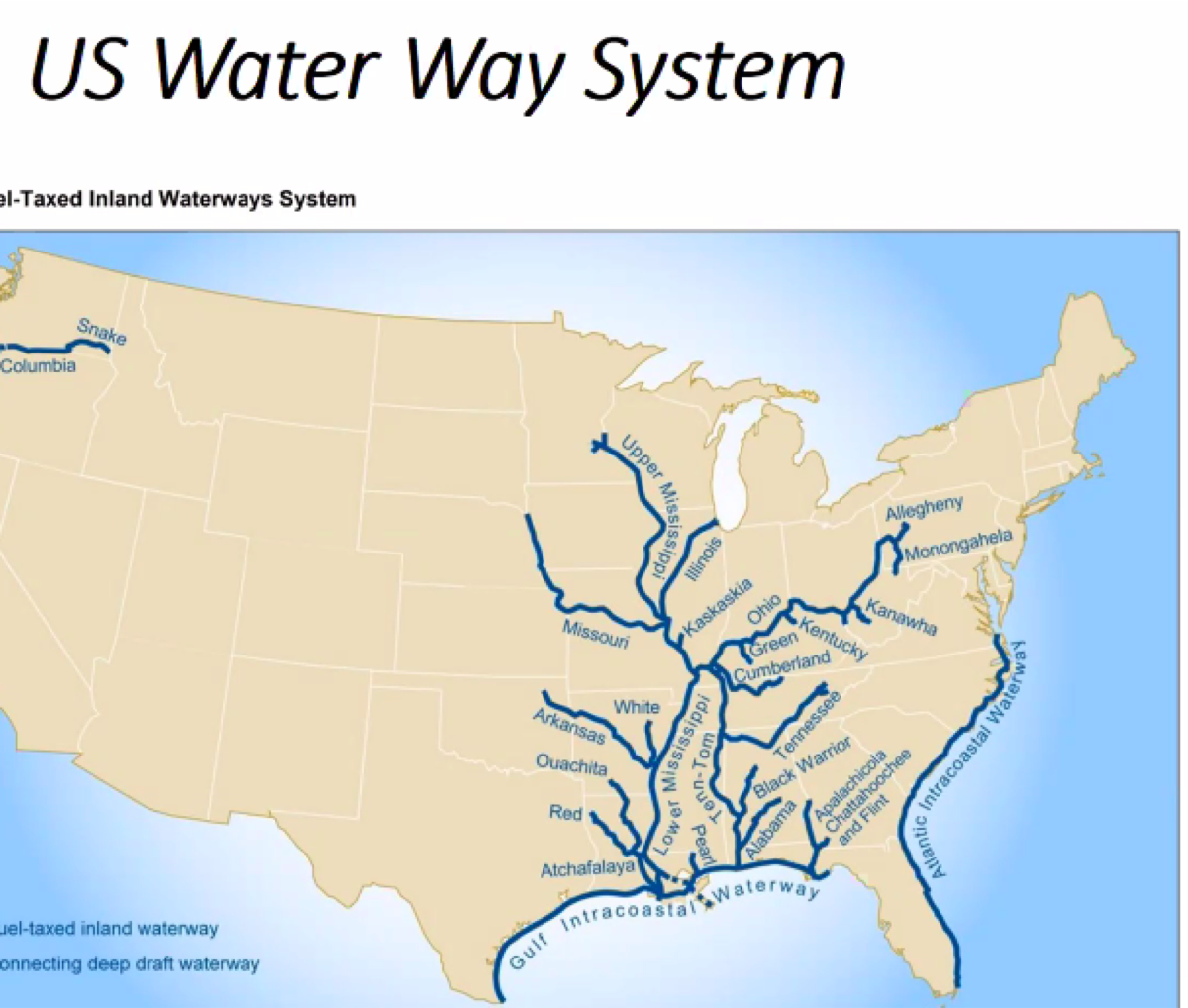
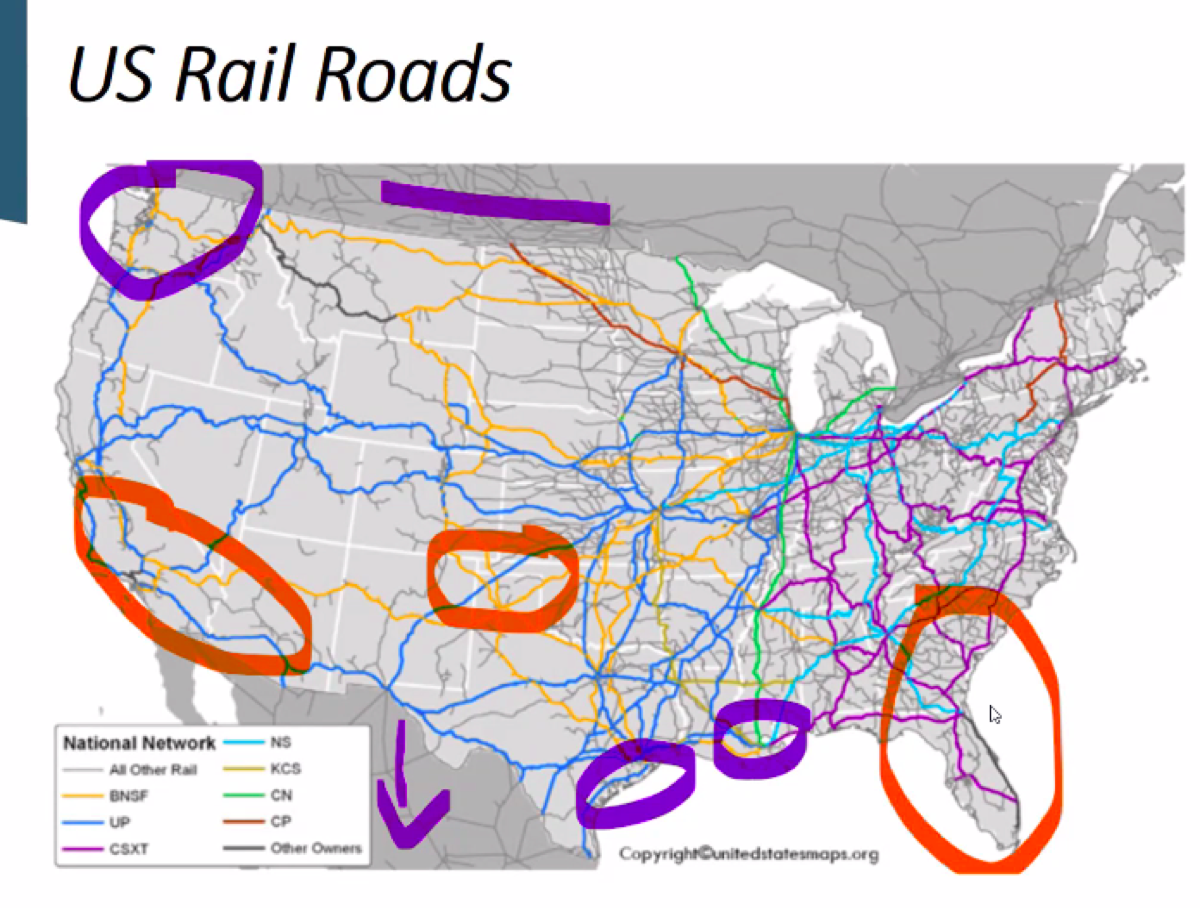
Alex Abrams works as a rail trader with CSB. The Mississippi River divides the main rail systems into eastern and western regions. “The main domestic markets are in the southeast and south central parts of the country,” Abrams said. Much of that grain goes for animal feed. “Our climate allows us to grow things well and move it to people who don’t have it.”
Abrams shared about his background as an economist on the Chicago Board of Trade before coming to work at CSB. A typical day on the job for him? “We see where the markets are and make decisions on how to make money,” he said.
A background in agriculture is not necessary to work in their company, Hogan said. “We have to do a lot of internal training. We are screening more for personality, resilience, risk. You have to be able to dealing with making mistakes.”
Learn more about this topic with the Barges, Trains and Trucks curriculum and the Logistics and Transportation career video. You can watch the webinar on the GrowNextGen YouTube channel.

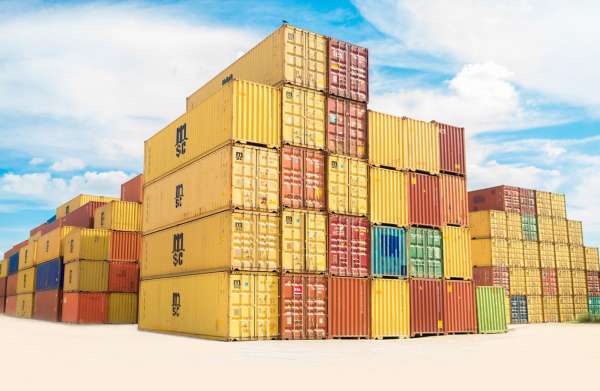
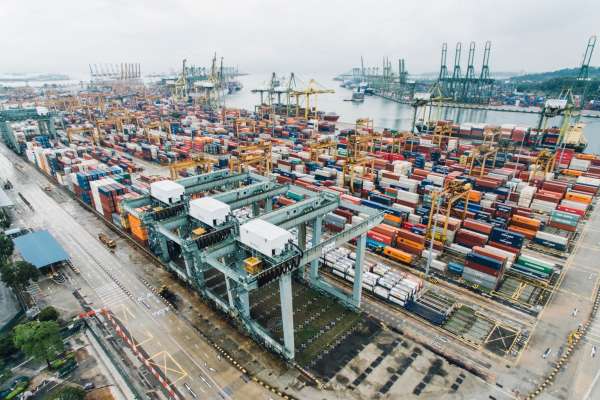
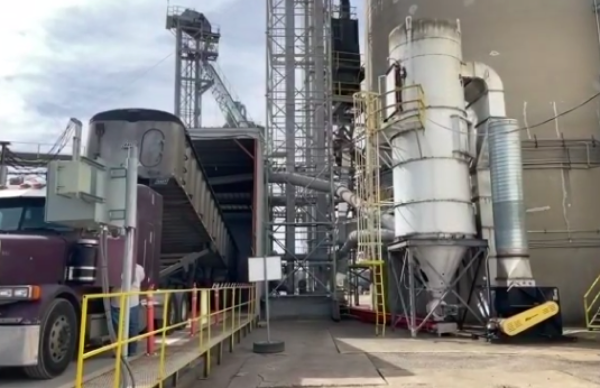
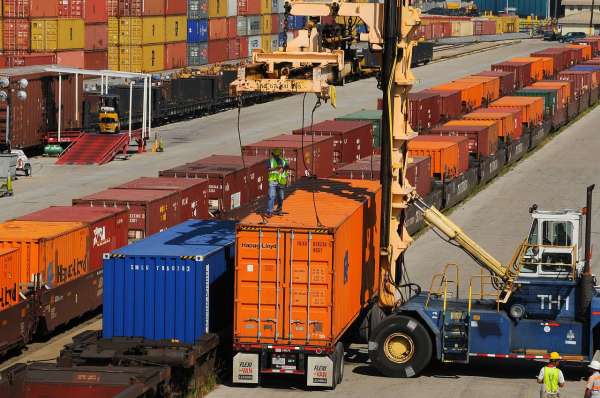
Share this